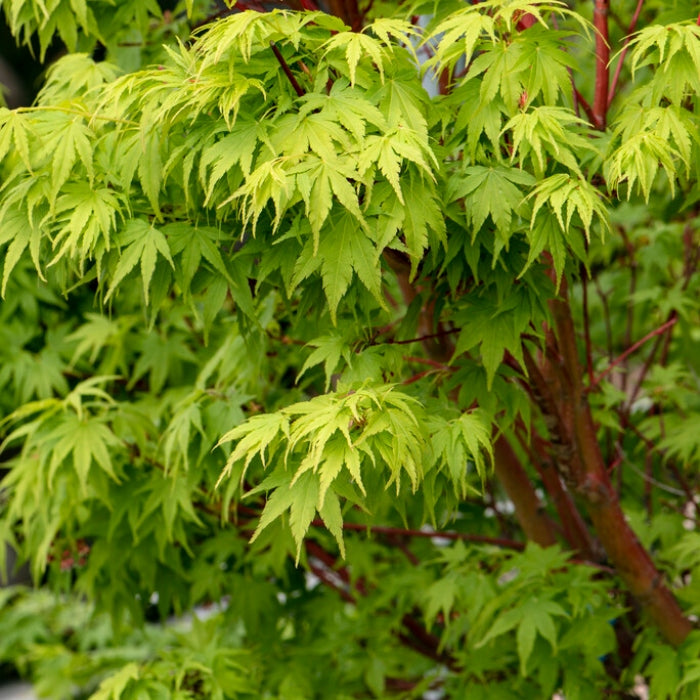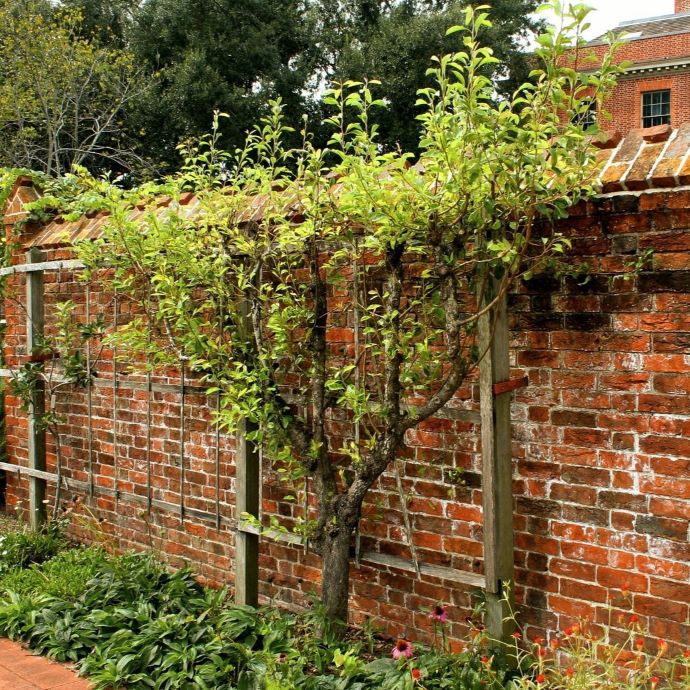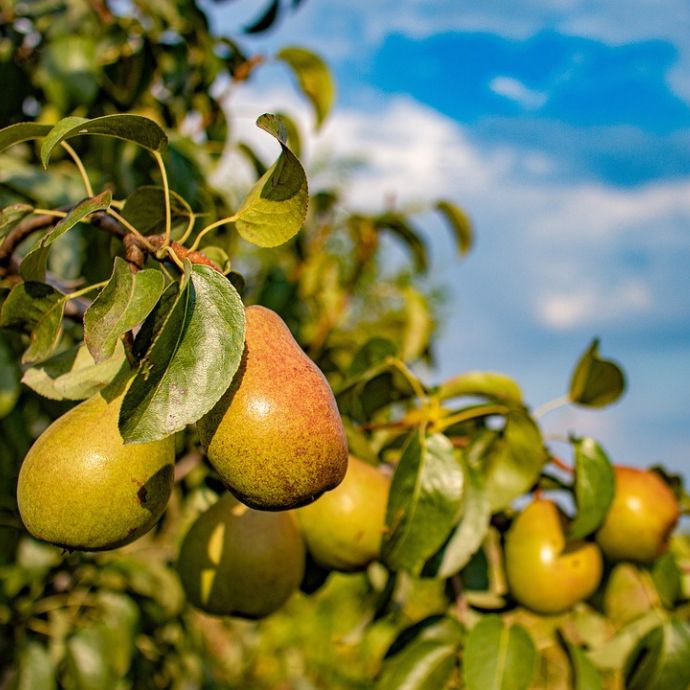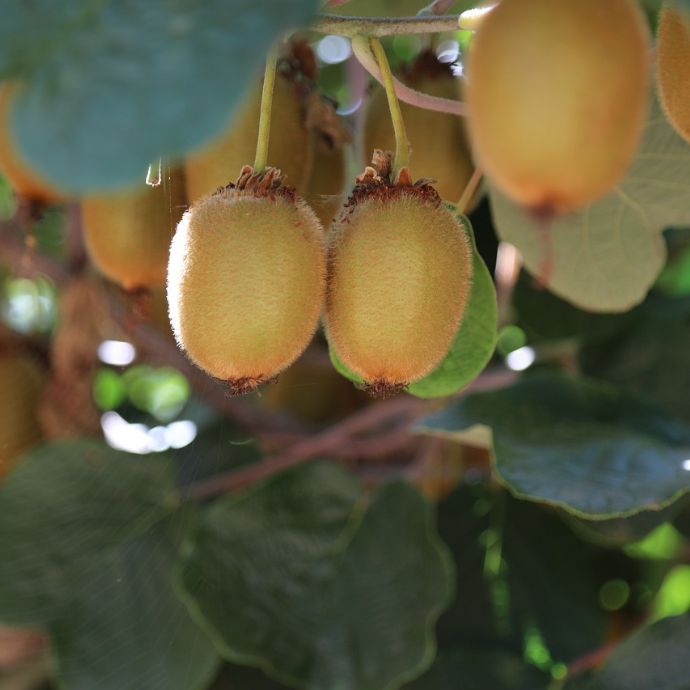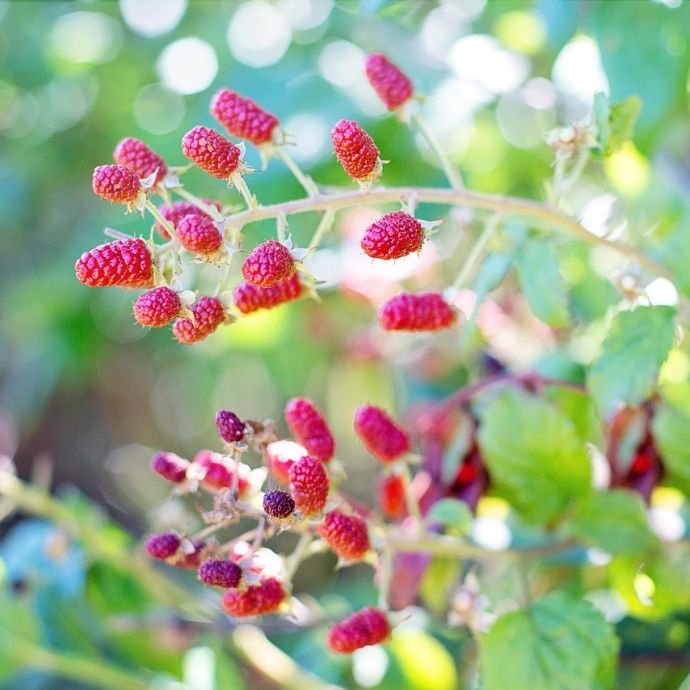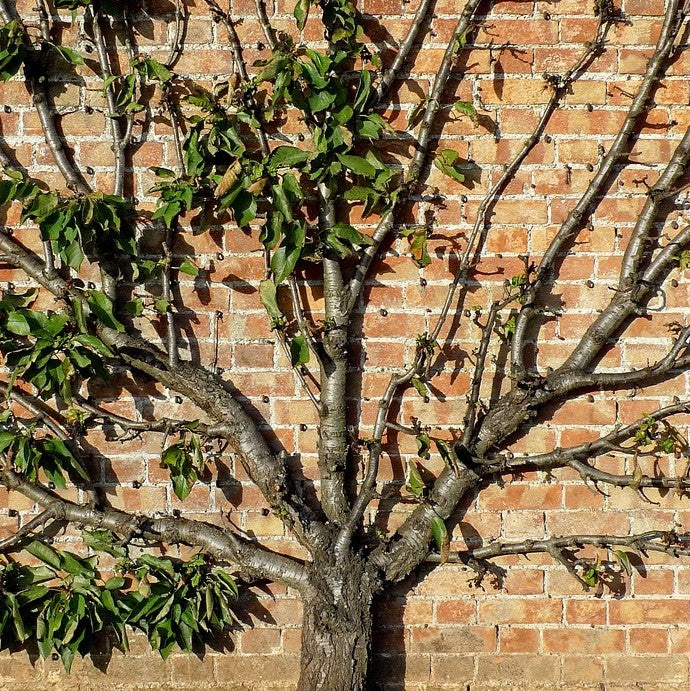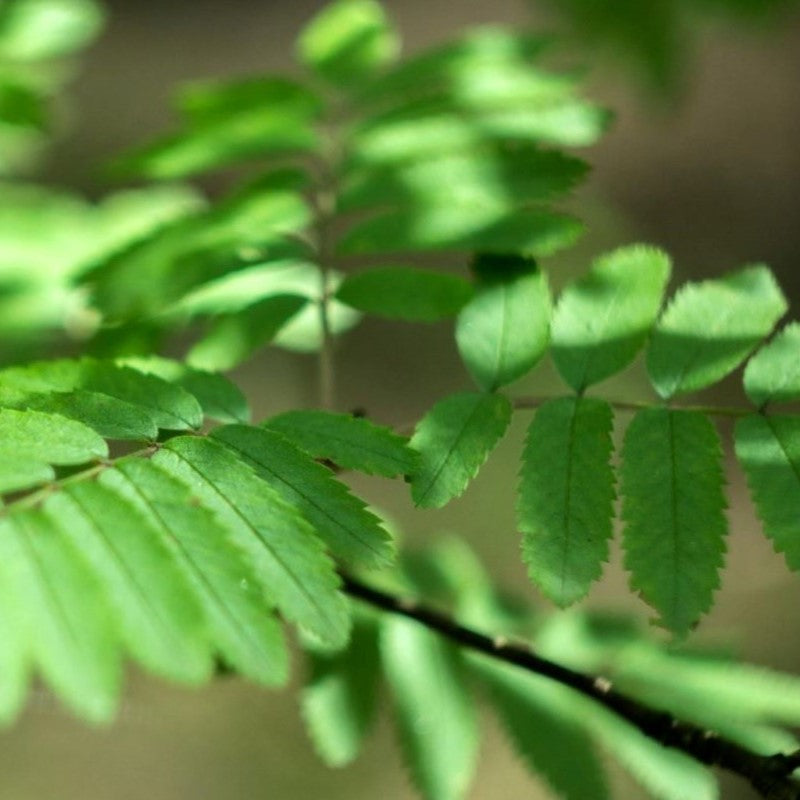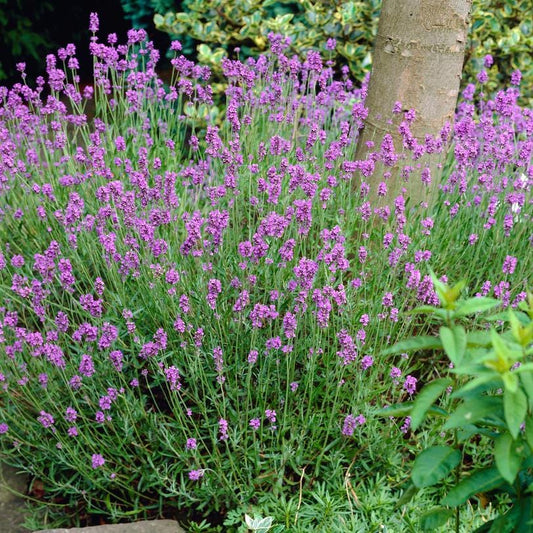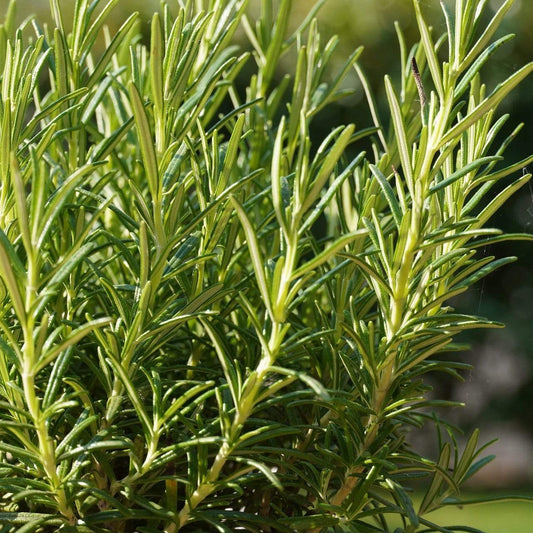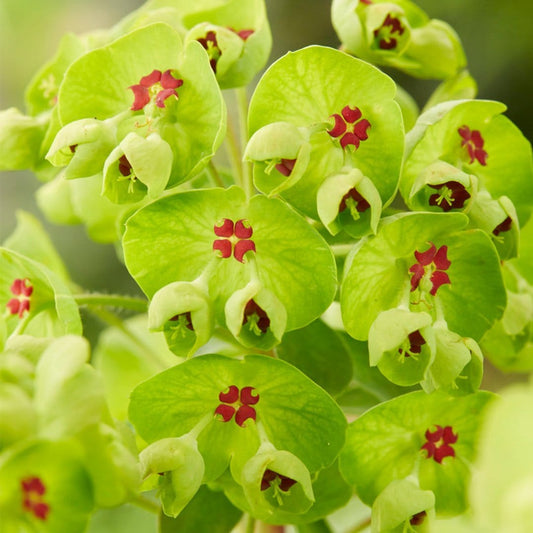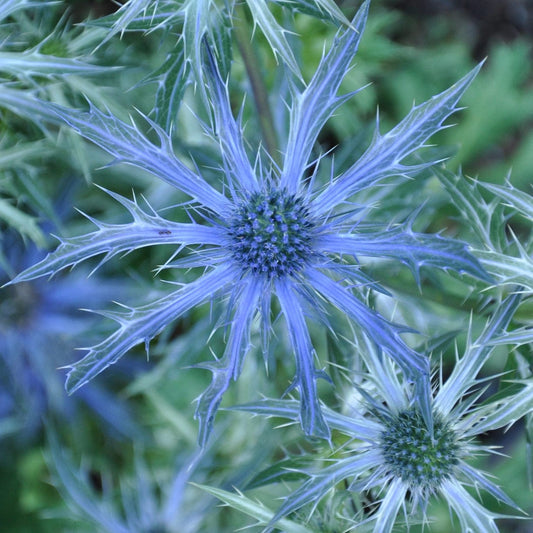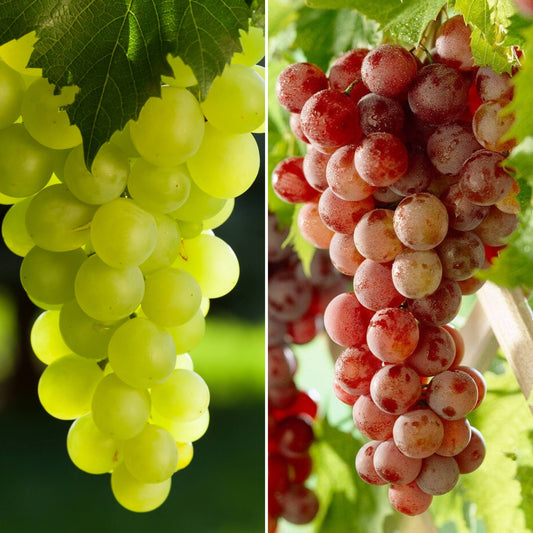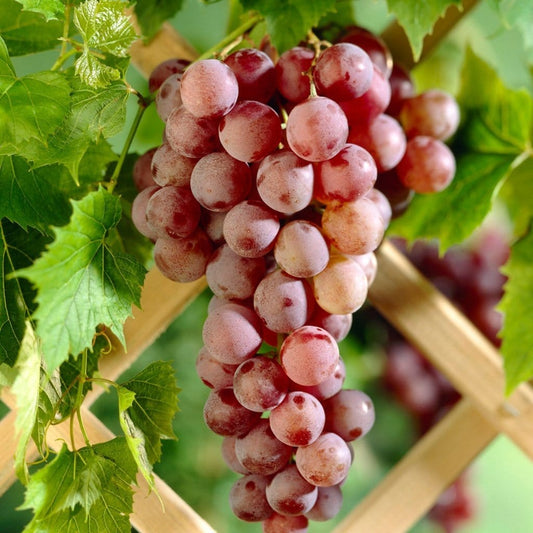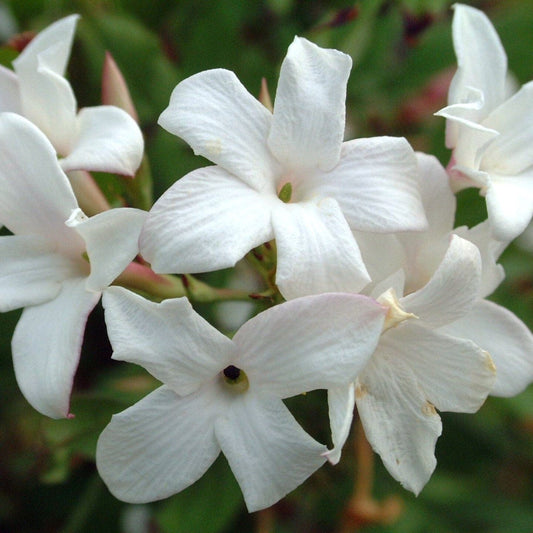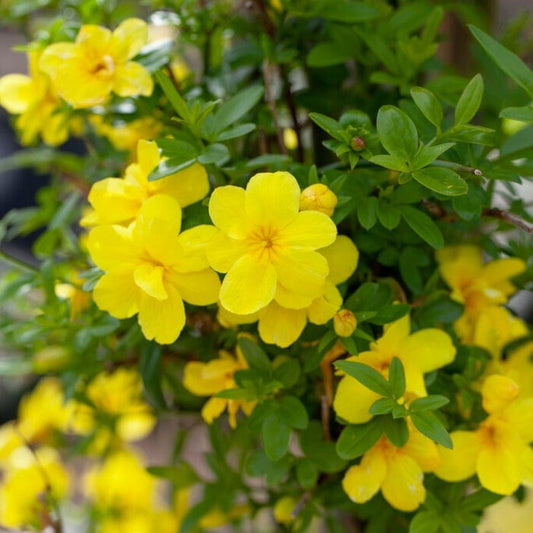Sustainable Gardening: Climate-Friendly Gardening Ideas

It’s a sad fact that we’re living through a global climate crisis. Changing temperatures, sea levels and more extreme weather events are now a reality, not a risk. And while change at the macro level is needed to enact true, genuinely transformative change, we can all also do our bit individually to help. Sustainable gardening is one such way we can become a little ‘greener’ (no pun intended). In this post, we’ll be delving into how you can make a more sustainable, climate- and nature-friendly garden.
Jump to:
- What is sustainable gardening?
- Why is it important?
- How to make a more sustainable garden
- Creating a nature-friendly garden
What is sustainable gardening?
The term sustainability refers to the idea of using resources in such a way that is maintainable for long-term use and future generations, in a way that doesn’t deplete said resources to the point of exhaustion, and in a way that doesn’t result in unmanageable environmental, social or economic impacts. If you apply that framework to gardening, you can look at a few things; the plants you opt for, the type of compost you use, how much water you get through, etc. In short, it’s everything you do to make your garden more environmentally-friendly.

Why is sustainable gardening important?
Sustainable gardening is important for several reasons, mainly in that it helps conserve water and energy, as well as placing less chemical stress on the environment. While it’s hard to put an exact figure on how much water is saved by gardening in a more sustainable manner, the more water we save, the better. With water deficits expected by 2080, as one major supermarket so pithily first put it back in 1993 – every little helps!
Reducing greenhouse gas emissions and maintaining levels of sequestered (stored) carbon is another key strategy in the battle against climate change. In practical gardening terms, this can be as simple as swapping from a petrol to an electric mower, and opting for peat-free compost wherever possible.
An extra hidden benefit…
According to the RHS, it’s not just the environment that benefits from a more sustainable approach to gardening, we do too! Wellbeing was perceived to be higher in a survey of more than 2,000 people, when compared with those who didn’t adopt (or, at least, adopted fewer) green gardening practices.

How to make a more sustainable garden
We’ve already touched briefly on a couple of the easy sustainability wins you can implement – namely, swapping fossil-fuelled machinery for electrical alternatives and utilising more sustainable compost. These are far from the only changes you can make, however. Let’s look, then, at how you can conserve more water when gardening.
Ways to conserve water
To use less water from the tap, the easiest thing you can do is install a rainwater butt in your garden. There are a huge range of water butts out there from which to choose, including premium options that cost several hundreds of pounds, to budget alternatives which you can pick up for just a few tens of pounds. It’s also pretty easy to construct one yourself, by repurposing an old plastic milk carton, cutting off the bottom, turning it upside down and attaching it to a post and there you can leave it to collect rainwater.
Another way is to reduce the amount of watering your plants need in the first place. Now, while this admittedly does still depend somewhat on the weather, you can lock in more moisture for your plants by giving them a good mulch. This also has the added benefit of suppressing competition from weeds, which will also, again, reduce the amount of water being used/lost.
The best plants for sustainable gardens
The best plants you can opt for in a warming climate are those that display good drought tolerance. These are plants that can cope with drier conditions and thus don’t need as much watering – coping with warmer temperatures and needing less watering? Big tick all round. Plants that grow well in the Mediterranean are a good bet here, so we’re talking things like lavender, rosemary, euphorbia and eryngium.
Why choose peat-free compost?
Peat is a spongy organic material made up from decaying vegetation. It has a fibrous consistency and is found all over the UK, with the majority found in Scotland, of whose surface a whopping 20% is covered with it. Peat is a very good carbon sink, that’s to say, it’s able to absorb and store a great deal of carbon. This makes it a vital tool in the fight against climate change, where reducing our carbon footprint is key.
You can see, then, why using peat has become less favoured in horticultural circles over the years. Compost comprising peat involves having to dig up peat bogs, and we want to be doing that less and less, as this digging up process causes the stored carbon to be emitted back into the atmosphere as carbon dioxide (the peat dries out and decays, which in turn leads to that stored carbon being released as CO2). Go for peat-free compost; it’ll clearly be labelled on the bag and you can give yourself a pat on the back knowing you’ve done your bit to be a touch greener.
The very best thing you can do is to create your own compost; not only does this cut down on travel emissions and the quantity of tricky-to-recycle plastic you use, it’s also much cheaper in the long run, too!

Creating a nature-friendly garden
Nature and the environment go hand-in-hand. And there’s evidence to suggest that a biodiverse environment – one in which there’s a healthy range of flora and fauna as opposed to a homogenous monoculture – is a more resilient one.
Introducing more wildlife to your garden is a good idea all-round; by encouraging pollinators, you’re not only getting better fruits and flowers, you’re also in some cases getting natural predators to keep on top of pests in the garden. This reduces the need to use chemical pesticides that can potentially harm the garden.
You can encourage more wildlife to your garden by building a bug hotel, putting up bird feeders, planting pollinator-friendly perennials, creating a small pond or converting your lawn into a wildflower meadow. Plus, most of these options have the added benefit of making your garden look fabulous, too!

Final thoughts
Hopefully, having read this you’ll have a better understanding of how to convert your garden into a lean, green, sustainability machine. Make sure to check out some of our other garden guides, including how to make a bog garden and how to make your own compost.
Last updated: 05/06/2025
